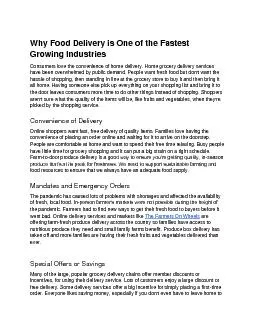PPT-The home stretch of pregnancy Preparing for delivery Dr. Christy Capet
Author : marina-yarberry | Published Date : 2019-11-01
The home stretch of pregnancy Preparing for delivery Dr Christy Capet Nurse Line 5125334121 Emergency Line 5123235465 Am I in Labor Follow the 511 Rule Contractions
Presentation Embed Code
Download Presentation
Download Presentation The PPT/PDF document "The home stretch of pregnancy Preparing ..." is the property of its rightful owner. Permission is granted to download and print the materials on this website for personal, non-commercial use only, and to display it on your personal computer provided you do not modify the materials and that you retain all copyright notices contained in the materials. By downloading content from our website, you accept the terms of this agreement.
The home stretch of pregnancy Preparing for delivery Dr. Christy Capet: Transcript
Download Rules Of Document
"The home stretch of pregnancy Preparing for delivery Dr. Christy Capet"The content belongs to its owner. You may download and print it for personal use, without modification, and keep all copyright notices. By downloading, you agree to these terms.
Related Documents














